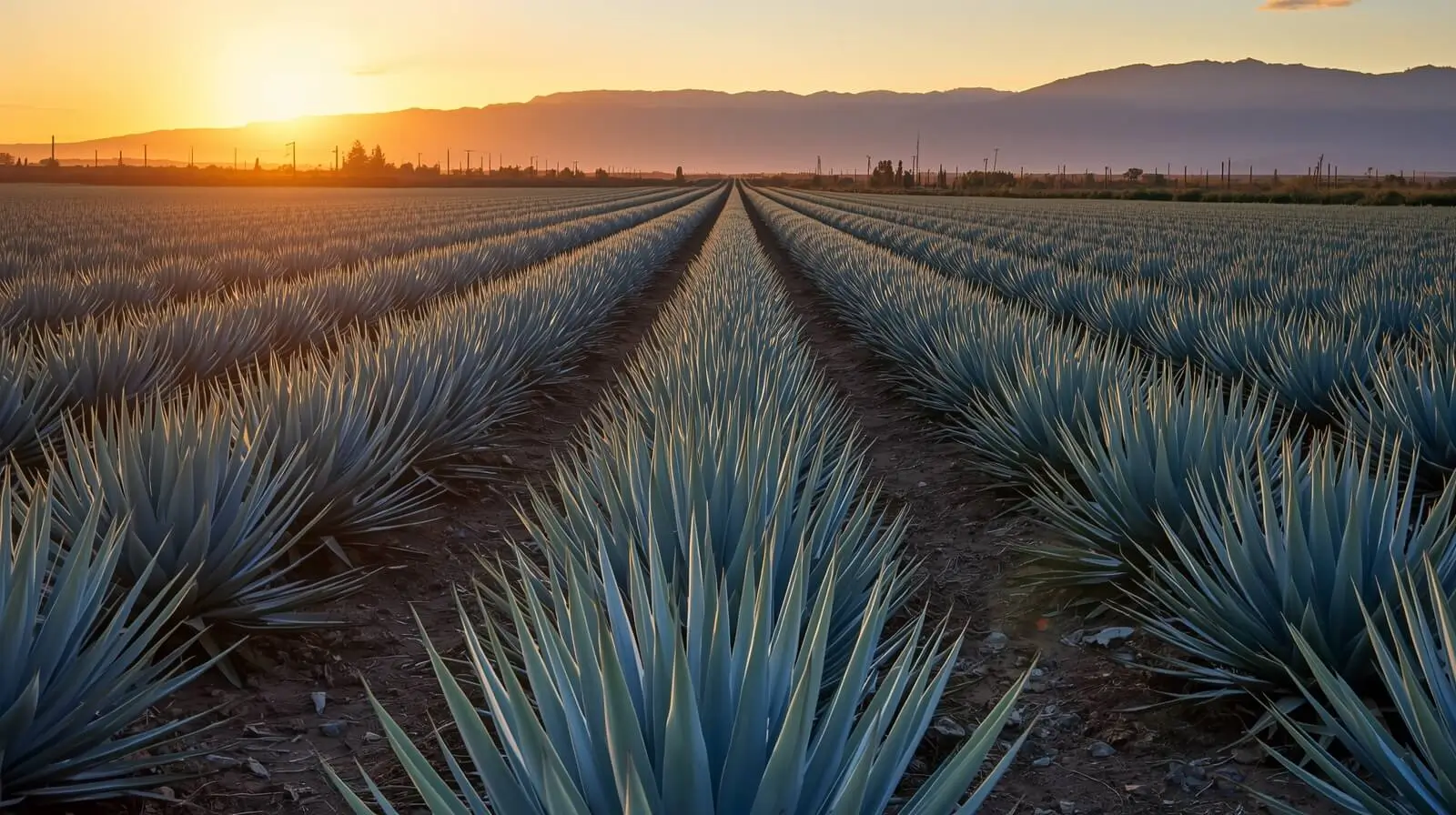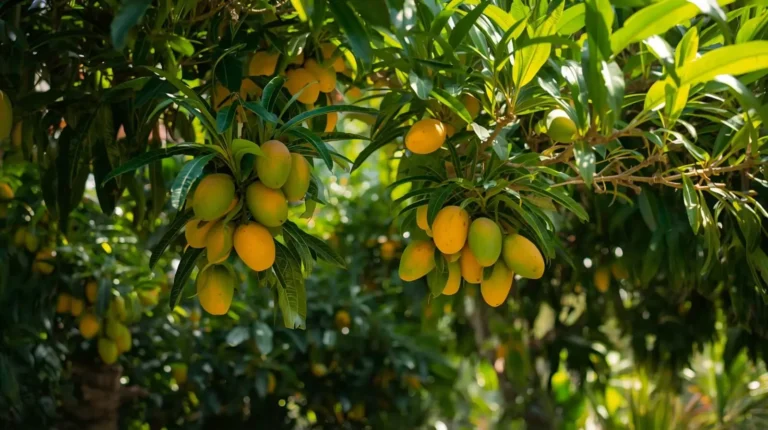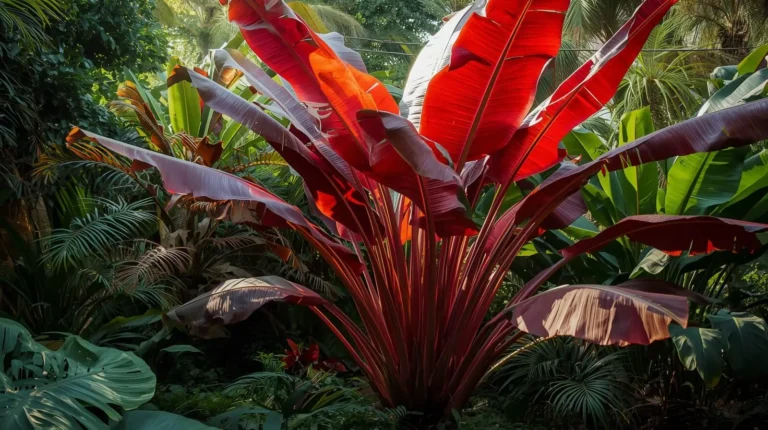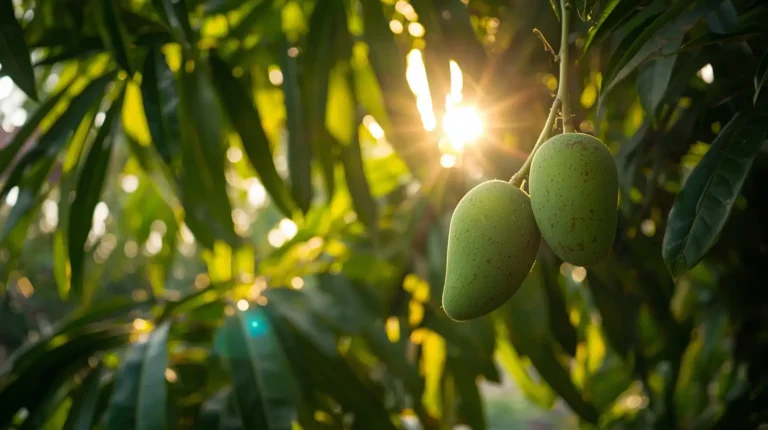When I first learned about Blue agave, especially tequilana, I realized how deeply it is connected to tequila production and why it is considered a cultural symbol in Mexico. This plant is not just important for taste and tradition, but also ecologically, because its cultivation affects local environments. Even today, many gardeners are curious about growing the blue agave plant in warm climates like Florida, since similar warm climates can support its growth. The economic significance is clear when we look at the industry and the revenue it brings to farming communities, but there are also concerns about intensive farming and how it impacts biodiversity. To keep this balance, many growers now focus on sustainable growing practices that protect the land while still honoring the heritage and livelihood tied to this remarkable plant.
Define Blue Agave: Characteristics and Significance
When I first saw a Blue agave plant in person, I was struck by how unique this succulent really is. Scientifically known as Agave tequilana, this species is native to Mexico, especially the Jalisco region, where it forms a beautiful rosette of thick, fleshy, and spiky leaves with a soft blue-green hue. Many farmers view this azure plant not only as a crop but as a living connection to land and tradition. Because of its high sugar content, particularly fructose, it is ideal for fermentation and distillation, which plays a key role in spirit production within the beverage industry.
Beyond its agricultural value, the plant is a symbol of Mexican culture, identity, traditions, and heritage. The cultural significance of the plant is seen in historical use, indigenous ceremonies, and its recognition as a national emblem, showing a deep connection to the Mexican population. The economic impact is clear—by 2019, the tequila sector revenue reached 1,874 million USD, demonstrating how important cultivation of this plant is for local communities. Its presence also supports healthy ecosystems, providing habitat and sustenance for various species, especially bats, which play an essential role in pollination.
However, heavy reliance on the Weber Azul variety raises concerns about genetic diversity, making the plant more vulnerable to diseases and pests. Many specialists emphasize the need for conservation efforts to protect the long-term health of the crop. Through improved farming approaches and research, growers aim to preserve both tradition and future sustainability.
Explore the Origins and Cultural Importance of Blue Agave
The blue species has been valued for thousands of years by native peoples of Mesoamerica, who relied on the plant for essential purposes such as food, fiber, tools, and alcoholic beverages. The Aztecs honored the goddess Mayahuel, linking the plant to fertility and nourishment, and the fermentation of its sap into pulque, a traditional alcoholic drink, was central to religious ceremonies and social gatherings where spiritual leaders believed it supported communication with the divine. Later, the discovery of distillation allowed the production of spirits, making the plant a vital ingredient in spirit production, and it became a cultural emblem celebrated through festivals and tied deeply to Mexico’s national identity.
The ecological importance of this succulent is also noteworthy; it thrives with minimal water and adapts to poor soil conditions, allowing it to support sustainable gardening practices. Through these practical and cultural roles, the plant remains interconnected with heritage, everyday life, and land stewardship.
Examine the Uses of Blue Agave in Food and Beverage Production
When learning about blue agave, I was fascinated by how central it is to the creation of a globally recognized distilled spirit. The process begins with harvesting the heart, or piña, which is cooked so its starches convert into fermentable sugars. Through fermentation and distillation, the final product becomes tequila, a beverage deeply tied to culture and craftsmanship. Beyond spirits, the plant is also used to make syrup, a natural sweetener widely adopted in the food industry as a healthier alternative to sugar, especially because of its low glycemic index, which can help regulate blood sugar levels.
I have seen chefs use the plant’s syrup in culinary creations, from sauces, desserts, and cocktails, showing its versatility in contemporary gastronomy. As demand grows, the market growth of agave products is notable, with figures rising from USD 645 million in 2025 to USD 1,233.6 million in 2035, indicating a compound annual growth rate of CAGR 6.7%. This expansion reflects consumer preference for plant-based diets and the rising popularity of light sweetener options sourced from cactus plants, which are projected to hold a 60% share of the industry.
Meanwhile, brands continue innovation, with companies like Wholesome Sweeteners and Nature’s Way introducing new product offerings that support health-conscious baking. Growing awareness of the health advantages associated with agave syrup has strengthened its position as a staple ingredient in food and beverage production, making it increasingly common in global kitchens.
Assess the Ecological and Economic Impact of Blue Agave Cultivation
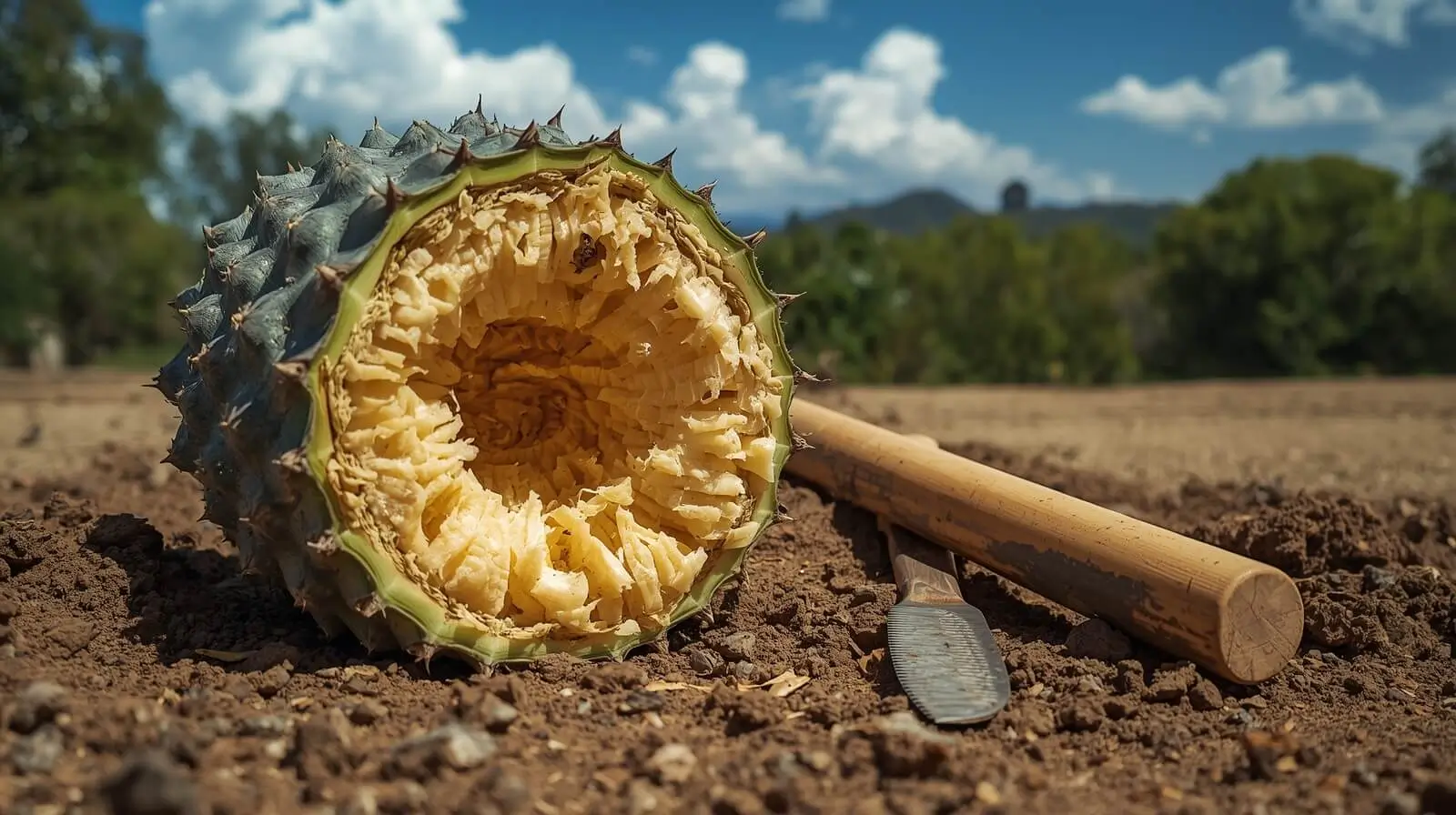
The cultivation of blue agave plays an important role both ecologically and economically, especially within the agave spirits sector, which contributes billions to Mexico’s GDP and supports the livelihoods of farmers and laborers. However, the rising demand for tequila has encouraged large-scale monoculture farming, which can harm biodiversity, weaken soil health, and increase vulnerability to pests and diseases. To mitigate these issues and protect the long-term viability of agave farming, many growers now turn to sustainable methods like crop rotation and organic farming, along with initiatives aimed at promoting biodiversity, planting companion crops, and preserving natural habitats to support resilience and supporting local ecosystems.
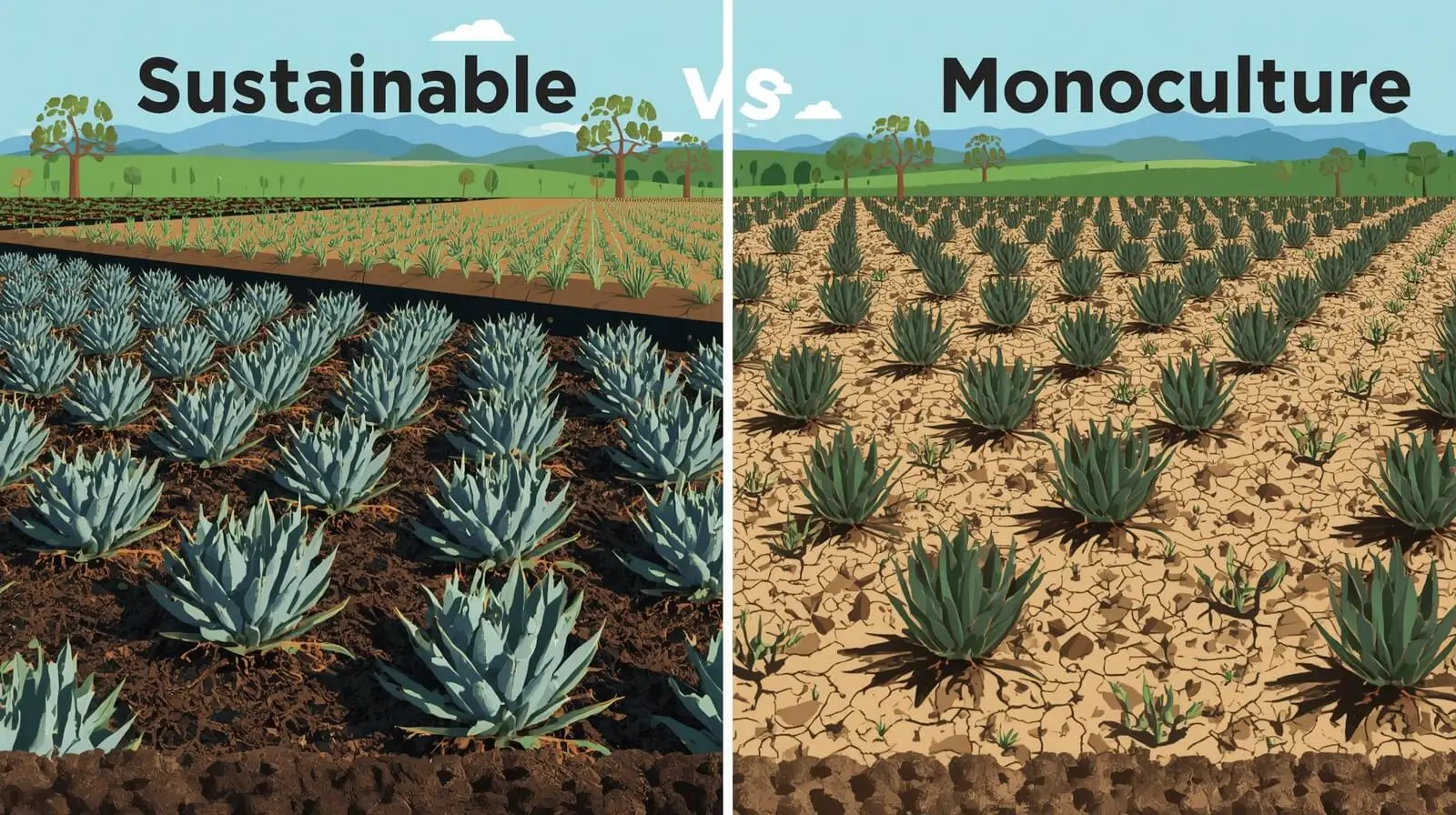
- Sustainable methods like crop rotation and organic farming help restore soil health and reduce dependence on chemicals.
- Promoting biodiversity through planting companion crops and preserving natural habitats improves resilience against pests and diseases.
- Strengthening the economic implications benefits farmers, laborers, and local communities by keeping the agave spirits sector stable and profitable.
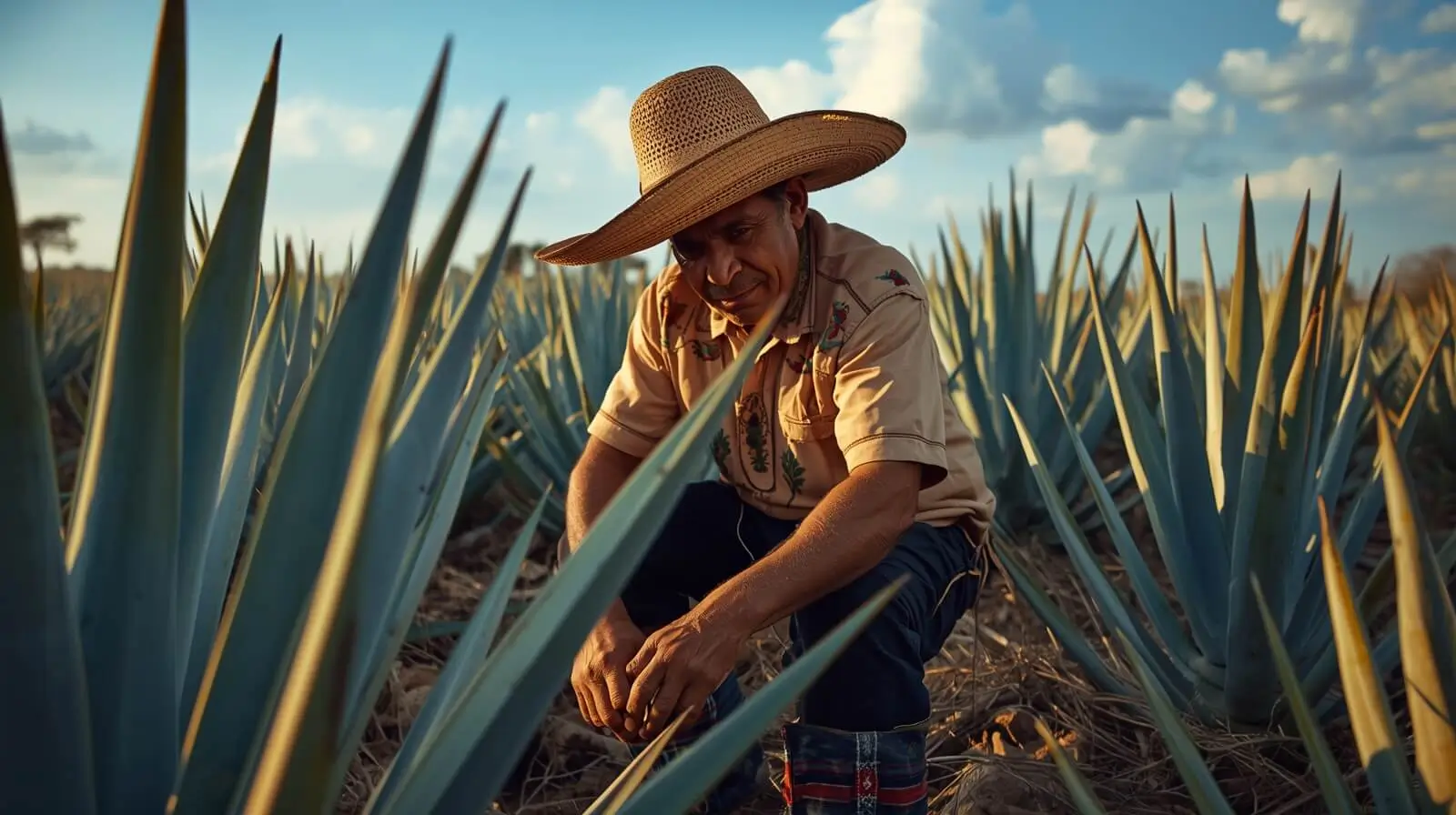
Read Also:
- Gardening & Plant Care Guide for Thriving Plants
- Tropical Fruit Trees: Grow Exotic Paradise at Home (Guide)
- Natural Healing & Wellness: Nature’s Remedies Guide
Conclusion
The cultivation of blue agave influences both the environment and the economy in powerful ways. While the agave spirits sector provides billions to Mexico’s GDP and supports many farmers and laborers, the pressure of rising demand for tequila can lead to large-scale monoculture farming, reduced biodiversity, and challenges in soil health. By adopting sustainable methods such as crop rotation, organic farming, and planting companion crops, communities can work toward maintaining the long-term viability of agave farming. These approaches not only help protect local ecosystems, but also secure cultural and economic stability for future generations.
FAQs
- Why is blue agave important to Mexico’s economy?
Blue agave is central to the production of tequila and agave spirits, which contribute billions to Mexico’s GDP and provide work for thousands of farmers and laborers, making it a key economic resource. - How does blue agave cultivation affect the environment?
When grown in large-scale monoculture farming, it can reduce biodiversity, damage soil health, and increase vulnerability to pests and diseases. Sustainable practices help reduce these impacts. - What sustainable methods support healthier agave farming?
Crop rotation, organic farming, and planting companion crops help restore soil balance, prevent disease spread, and improve ecosystem stability. - Why is biodiversity important in agave farms?
Biodiversity strengthens resilience, allowing the environment to better withstand pests, climate shifts, and disease outbreaks while supporting local ecosystems.

